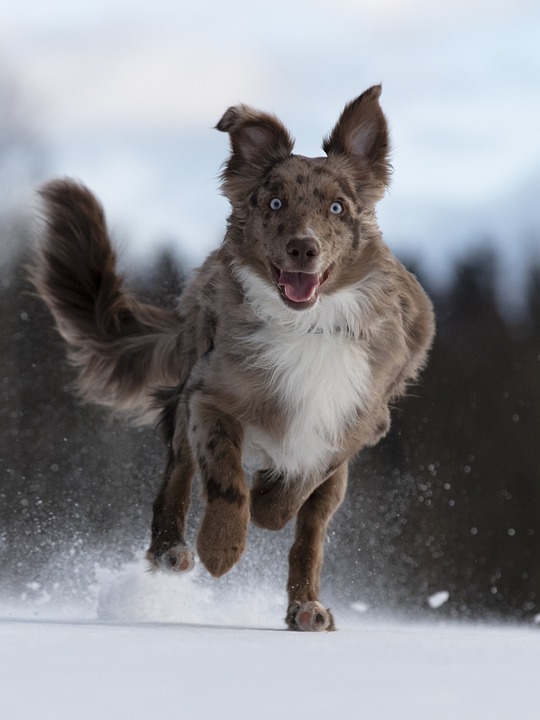Teaching your dog to fetch and retrieve toys is not only a fun game to play, but it also taps into their natural instincts. Dogs have an innate desire to chase and retrieve objects, making fetch training an excellent way to engage with your furry friend and strengthen your bond. In this article, we will explore the steps to unlock your dog’s fetching abilities and troubleshoot common challenges that may arise along the way.
Section 1: Laying the Foundation for Fetching
Before diving into fetch training, it’s crucial to build a strong bond with your dog through positive reinforcement. Establishing basic commands such as “sit,” “stay,” and “drop it” will provide a solid foundation for successful fetch training. Additionally, choosing the right toys for fetch training is essential. Opt for toys that are easy to grasp, durable, and safe for your dog to play with.
Section 2: Getting Started with Fetch Training
To introduce fetch to your dog, follow these step-by-step guidelines. Firstly, select a distraction-free environment to minimize any potential distractions. It’s also advisable to use a long leash or a fenced area to ensure your dog’s safety. Start by encouraging your dog to chase the toy by tossing it a short distance. When your dog retrieves the toy, celebrate their success and reward them with praise or treats. Repeat this process, gradually increasing the distance of the throws.
Section 3: Troubleshooting Common Challenges
During fetch training, you may encounter common challenges such as a lack of interest in the toy, reluctance to release the toy, or difficulty in consistently bringing the toy back. To address these obstacles, try using different toys to find one that captures your dog’s interest. Additionally, you can use positive reinforcement techniques to encourage your dog to release the toy and work on recall exercises to improve their consistency in bringing the toy back.
Section 4: Elevating Your Fetch Training Techniques
Once your dog has mastered the basics of fetch, you can advance their skills with progressive training methods. Start by adding distance and height to your throws, challenging your dog to go further and higher to retrieve the toy. Introducing multiple toys for retrieval can also enhance their cognitive abilities and keep them engaged. For a more advanced fetch training experience, consider incorporating scent training, where you hide the toy and encourage your dog to find and retrieve it using their sense of smell.
FAQs (Frequently Asked Questions)
1. Can any dog learn to fetch and retrieve?
Fetch training is suitable for most dogs, regardless of breed or individual personality. However, some breeds may have a stronger natural instinct for retrieving than others.
2. My dog loves chasing the toy but won’t bring it back. What should I do?
To encourage your dog to bring the toy back consistently, try using a high-value treat as a reward. You can also play in a confined space to limit their options, making it easier for them to bring the toy back to you.
3. How can I make fetch training more exciting for my dog?
To keep fetch training sessions engaging and fun, consider incorporating treats into the playtime or using interactive toys that dispense treats when retrieved.
4. Is it possible to teach an older dog to fetch?
While it may be more challenging to teach an older dog to fetch, it is still possible with patience and persistence. Modify the training techniques to suit their age and physical abilities.
5. My dog loses interest in the toy quickly. How can I maintain their engagement?
Introduce variety by using different toys during training sessions. Take short play breaks to keep your dog’s interest levels high, and always reward their efforts with praise or treats.
Conclusion
Teaching your dog to fetch and retrieve toys is a rewarding experience for both you and your furry friend. It taps into their natural instincts and strengthens your bond while providing mental and physical stimulation. Remember to be patient, consistent, and always use positive reinforcement throughout the training process. With time and practice, your dog will become a fetch expert, bringing joy and fulfillment to both of you.









